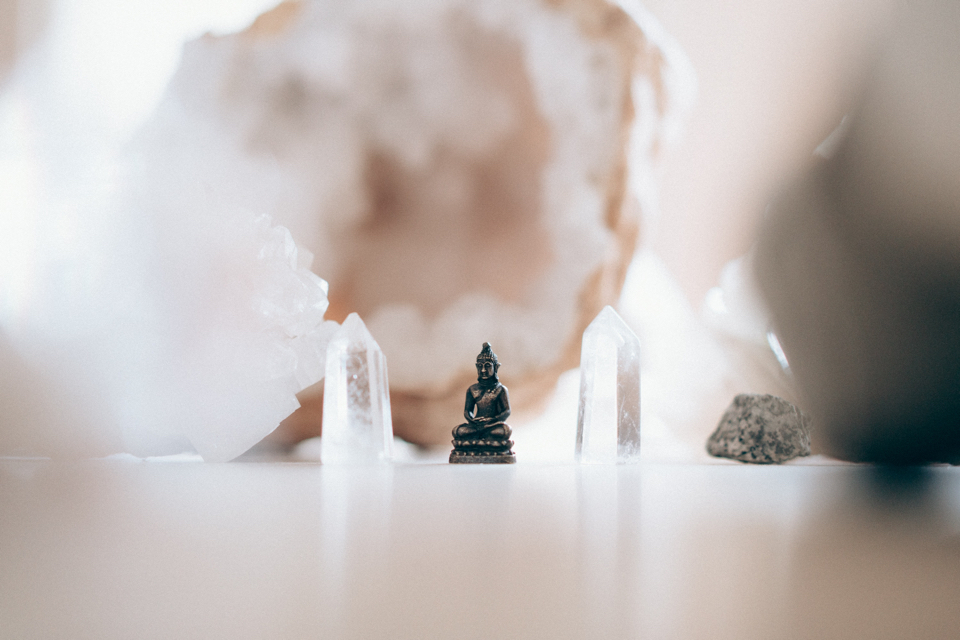Time Off with Yoga Nidra
Yoga Nidra is a great form to try to relieve stress and anxiety. Yoga Nidra, or yogic sleep, is mostly a meditation technique. Like many traditions linked to Hinduism and Buddhism and re-interpreted in a contemporary and American way, it is to be taken with a grain of salt.
You may be familiar with Hatha, Ashtanga, Bikram, Vinyasa…there are as many forms of Yoga available these days as there are salad dressings! I have tried many forms as an experiment, even though I draw the line at Goat Yoga and Naked Yoga. Many forms are just “trends of the day” and will not catch on, but some are worth exploring.
Yoga Nidra is a great form to try to relieve stress and anxiety. Yoga Nidra, or yogic sleep, is mostly a meditation technique. Like many traditions linked to Hinduism and Buddhism and re-interpreted in a contemporary and American way, it is to be taken with a grain of salt.
Sometimes described as “dynamic sleep”, the Yoga Nidra practice allows the body to relax while the mind stays alert. While you are on the threshold of sleep, your mind is lucid and responds to the instructions given by the instructor. This can be a bit scary for some people, but it has shown some results for people suffering from PTSD, addiction, anxiety, and stress disorders as an article in the Washington Post explored.

Photograph by Francoise Hartman
All you need to do is lie down comfortably with pillows and blankets and follow the soothing voice (hopefully one you are not allergic to) of your Nidra instructor. Your instructor may also use the gong and the singing bowl to accompany your meditation routine. After a few oms, stretching, and relaxing poses, you lie down on your mat and the journey begins.
You are in corpse pose, which means that you are motionless with your eyes closed. The instructor then gradually instructs you, in the most monotone voice, to focus on certain parts of your body: your left toes, your left foot, your ankle… eventually mapping out your entire body.
At this stage, you might still be wondering why the hell you are submitting yourself to a New Age miracle you’re not even sure you believe in. But whether you like it or not, the voice takes you back to your body, and slowly but surely, your brain focuses on that. If for some reason your brain can not focus, the worse that can happen is that you really fall asleep– then you will have taken a nap!
But whether you like it or not, the voice takes you back to your body, and slowly but surely, your brain focuses on that.
Yoga Nidra takes many forms, so some sessions may also use visualization. A session I recently attended focused on becoming a seed in a forest, becoming a shoot, becoming a tree, and following the full cycle of growth, death and rebirth. I lost track when I was visualizing a blooming tree and came back at rebirth of the seed! It is all about how well you can focus and hold on to a train of thought.

Photograph by Jared Rice on Unsplash
If Yoga Nidra works for you, it will leave you feeling re-centered, calm, and anxiety-free. If it does not work for you, then you can at least feel grateful that you actually spent one hour and a half (the average length of a Nidra session) without talking, tweeting, facebooking, or trying to find a cure for the world. You just gave your body and your mind a break.
Photograph by Sam Austin

Françoise Hartman is a freelance writer and translator. She lives in the Southwest.







